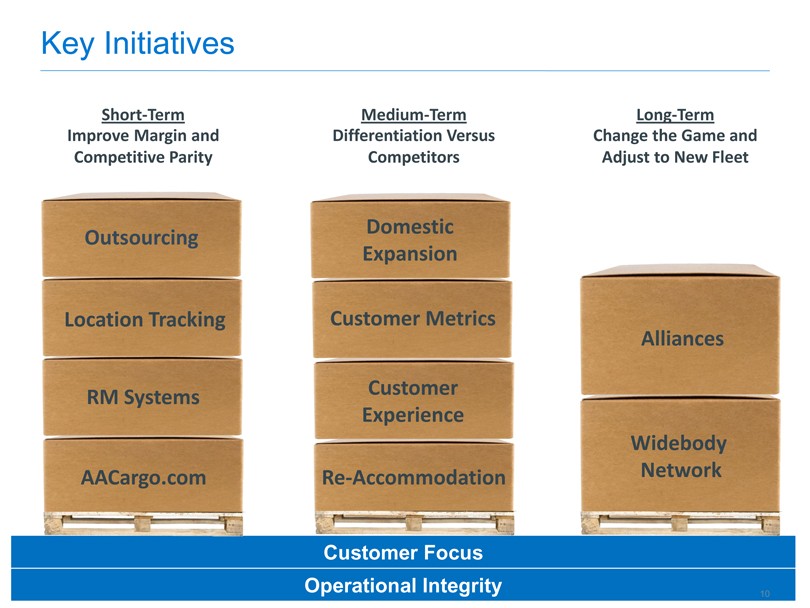Help Margin and Selling Short
Post on: 13 Июль, 2015 No Comment

Margin borrowing lets you leverage securities you already own to purchase additional securities, sell securities short, protect your account from overdraft, or access a convenient line of credit.
Margin
Selling Short
MARGIN
How do I trade on margin?
To trade on margin, you must have a Margin Agreement on file with Fidelity. If you do not have a Margin Agreement, you must use cash. To establish a Margin Agreement on an account, select Update Accounts/Features under the Accounts & Trade tab, and click Margin and Options under Account Features.
What effect will a trade have on my margin balances and buying power?
Fidelity’s Margin Calculator lets you calculate the impact of hypothetical equity trades on your margin balances and buying power while also factoring in the specific margin requirements for your account. With the Margin Calculator, you can:
- Check the impact several margin trades will have on your overall margin balances Determine how many shares you may purchase of a particular security Determine how many shares of a specific security to sell, to meet a margin call Estimate the cost of placing a trade on margin for a specific account
Because the Margin Calculator relies on current market information, it is only available between 6 a.m. and 11 p.m. ET, Monday through Friday. It is not available on weekends or market holidays.
How do I access Fidelity’s Margin Calculator when trading stocks?
On the Trade Stocks page for a brokerage account with a Margin Agreement, click the Margin Calculator link under Related Links.
How do I learn about margin requirements for specific equities?
To see the most current margin maintenance requirements that apply to your account, open the Margin Requirements tool by clicking the Margin Requirements link on the Trade Stocks page,
The Margin Requirements tool lets you enter symbols and retrieve the maintenance requirement for all securities held in your account, as well as for securities not held in your account. All margin maintenance requirements displayed using the Margin Requirement tool are specific to the margin account through which you access the tool. Maintenance requirements may vary by account.
SELLING SHORT
What is selling short?
Selling short is selling a security you do not own. Fidelity loans you the security at the time of the transaction. Your short position will remain open until you purchase shares of the security to replace those borrowed at the time of the sale.
In September 2004, the Securities and Exchange Commission (SEC) Regulation SHO replaced the Short Sale Rule, which stated that you can make short sales only in a rising market (in which the last sale price for the security is higher than the preceding sale price, or is unchanged after an increase in sale price). Under Regulation SHO, short sales are allowed on a minus tick for eligible securities. Such orders are marked Short Exempt, since they represent orders to sell short which are exempt from short-sale rules.
Am I eligible to place short sales?
To sell short, you must have a Margin Agreement on file with Fidelity. To establish a Margin Agreement on an account, select Update Accounts/Features under the Accounts & Trade tab, and click Margin and Options under Account Features.
What are the potential advantages of selling short?
Short selling allows investors to take advantage of an anticipated decline in the price of a stock. If the seller buys the stock back at a lower price than the original price, the seller makes a profit. If the seller buys the stock back at a higher price, the seller incurs a loss.
What types of short trade orders can I place online?
Currently, you can place buy to cover and sell short orders on Fidelity.com. To place other types of short sale orders, call a Fidelity representative at 800-544-6666. You can purchase stocks at any time after a short sale is executed to offset the short positions.
Because it is not recommended that you use online trading to sell short against the box (sell securities short that you own), you cannot close a short against the box through online trading.
What conditions and limitations can I place on a short sale?
You can place Day orders only for short sales. You must specify either None or All or None for a short sale.
Can Fidelity reject a short sale?
Yes. The security may be ineligible to short, or there may be insufficient shares currently available to meet your request. Short sale orders may be reviewed by a Fidelity representative to determine the availability of shares. If the share are not available, Fidelity will attempt to contact you and your order will be canceled. While the order is being reviewed, the order will remain in a Pending Open status.
What are the risks of selling short?
The greatest risk associated with a short sale is the buy-in risk. Once borrowed, the shares are subject to buy-in at any time. A short sale trade is the sole liability of the customer who placed the order for the trade. The customer who placed the order for the short sale is responsible for the buy-in price.














